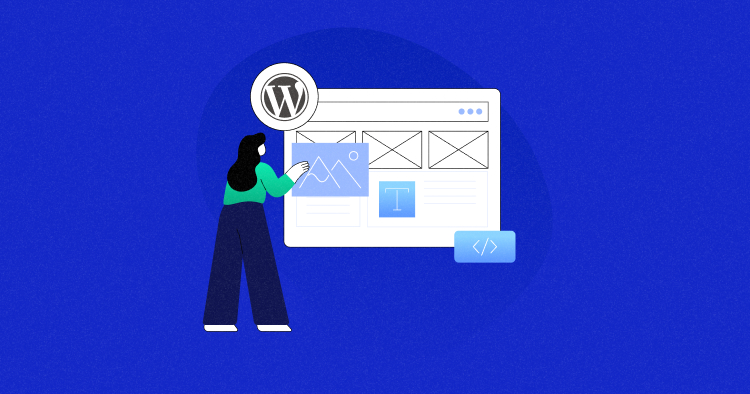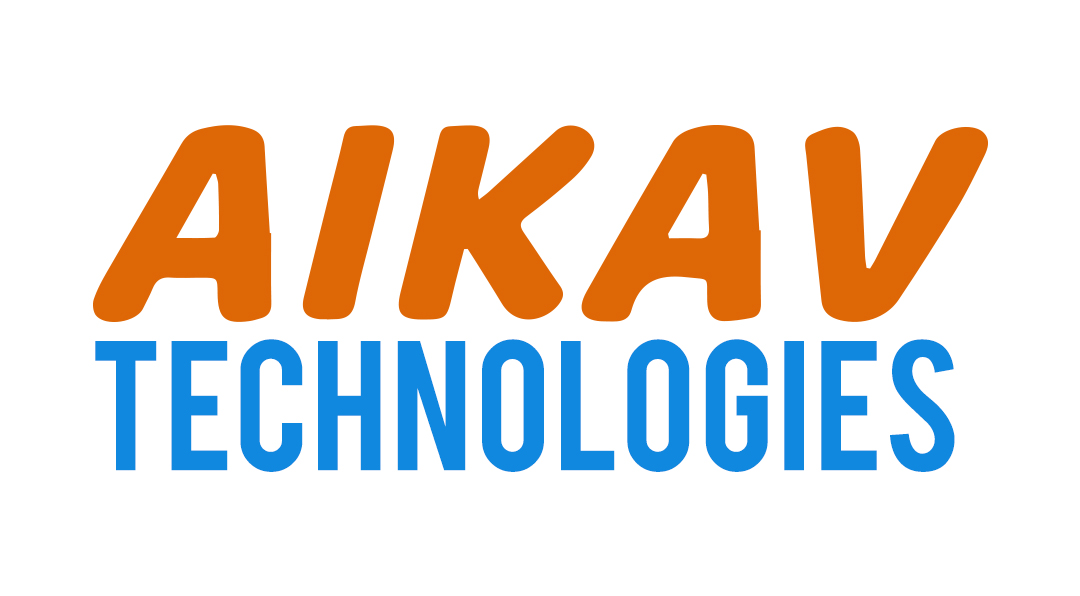
WordPress has evolved a lot since its early days as a blogging platform. One of the biggest shifts in recent years is the rise of block themes, powered by the Block Editor and Full Site Editing (FSE). If you’ve been hearing about block themes but aren’t sure why they’re important, this guide will walk you through the basics—and explain why they represent the future of WordPress design.
What Is a Block Theme?
A block theme is a type of WordPress theme built entirely with blocks. Unlike classic themes, which rely heavily on PHP templates, block themes use the block editor to control everything:
Page layouts
Headers & footers
Sidebars & widgets
Typography & colors
This means you can design and customize your site visually—without digging into theme files.
Key Features of Block Themes
Here are some of the features that make block themes powerful:
Full Site Editing (FSE)
You can edit headers, footers, and templates directly in the Site Editor. No child theme or custom code required for basic changes.Global Styles
Manage typography, color palettes, spacing, and design tokens for your entire site through a singletheme.jsonfile—or directly in the editorReusable Patterns
Block patterns let you insert pre-designed layouts (like call-to-actions, testimonials, or hero sections) with a single click.No More Widgets
Widgets have been replaced with block-based areas. Now, any block can go anywhere—making layouts more flexible.Future-Proof Architecture
WordPress core is being built around blocks. This means block themes will continue to receive the most innovation moving forward.
Benefits of Using Block Themes
So why should you care? Here are the top reasons block themes are the future of WordPress design:
Visual Editing Experience – You don’t need coding skills to make big design changes.
Consistency Across the Site – Global Styles ensure uniform fonts, colors, and spacing.
Faster Development – Developers can ship themes quicker using blocks, patterns, and
theme.json.Better Performance – Cleaner architecture, fewer template overrides, and modern standards.
Scalability – From blogs to eCommerce, block themes adapt more easily than classic themes.
Examples of Popular Block Themes
If you’d like to explore block themes, here are some well-loved ones available in the WordPress.org theme directory:
Twenty Twenty-Five – The default theme for 2025, fully block-based.
Ollie – A free theme with polished patterns and design controls.
Frost – Built by WP Engine, clean and modern for businesses.
Blocksy – Highly customizable and lightweight.
How to Get Started with Block Themes
Install a Block Theme – Try Twenty Twenty-Five as a starting point.
Explore the Site Editor – Go to Appearance → Editor and start editing templates.
Customize Global Styles – Define fonts, colors, and spacing.
Use Patterns – Insert pre-designed layouts to speed up design.
Experiment & Learn – The more you play with blocks, the easier it gets.
Challenges to Keep in Mind
While block themes are powerful, they may feel different if you’re used to classic themes:
Some third-party plugins aren’t fully optimized for blocks yet.
The Site Editor can feel overwhelming at first.
Classic theme developers may need time to adjust to the new workflow.
But the WordPress community is moving forward with blocks, and support is growing rapidly.
Final Thoughts
Block themes represent a paradigm shift in WordPress design. Instead of editing PHP templates and CSS files, site owners and developers can now design entire websites visually—with consistency and flexibility.
If you want to future-proof your WordPress site, it’s time to start experimenting with block themes. The earlier you adopt them, the easier it will be to stay ahead of the curve.
